
Which Toothbrush Is Best - Manual Or Electric?

If you are choosing a new toothbrush, there will be various makes and models on the shelf, but essentially they come in two types; a manual toothbrush and an electric one. The former will have an elongated head and the latter a round one.
The question you may reasonably ask is what would be the best option for you. Does an electric toothbrush reach and clean the places a manual will not? Or could a manual toothbrush do the job just as well with the right technique?
It should be noted that if you do any amount of reading on the topic, you will soon encounter articles telling you one is far better than the other, but it should be noted that in some cases these statements come from manufacturers who are focused on making one specific type of toothbrush and these words may be considered an advertorial.
This is why a manufacturer like Oral B will say an electric toothbrush has the edge, although it notes there are pros and cons and suggests people need to floss whatever toothbrush they use.
Connectusfund takes a slightly more nuanced approach, highlighting various advantages and disadvantages of an electric toothbrush. Healthline does likewise.
The general consensus that can be gleaned from reading various sources is that an electric toothbrush can have the edge in plaque removal because of the power of the tool and its effective reach, while also being more convenient for people with orthodontics such as braces.
However, manual toothbrushes can be cheaper and easier to replace, being easier to find in nearly any store, whereas fewer outlets will sell electric toothbrushes. It may also be handy if you want to keep energy bills down in these inflationary times.
The choice is yours, of course, although it may make sense to have one of each. That way, if an electric toothbrush is not charged or you are somewhere where you can’t access electricity (such as wild camping), having a manual will be a useful back-up.

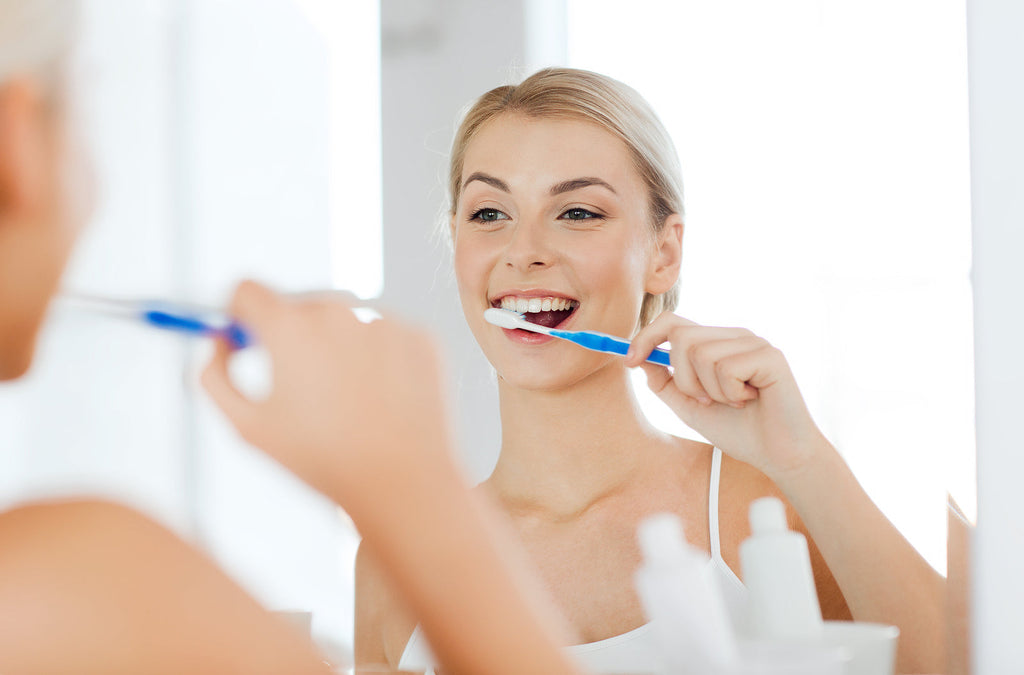
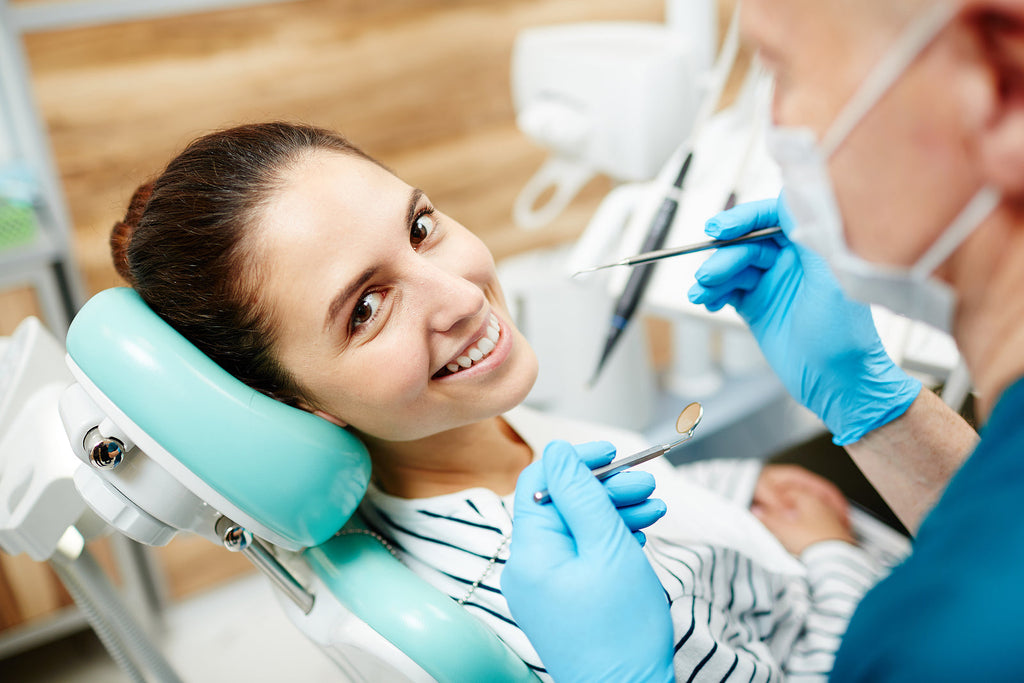
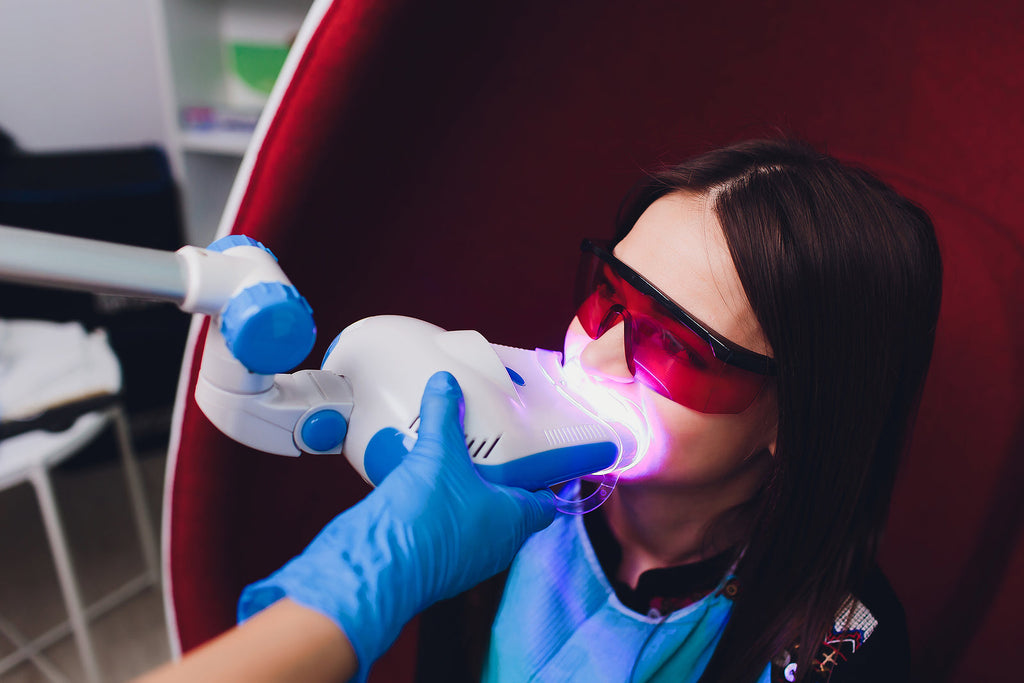
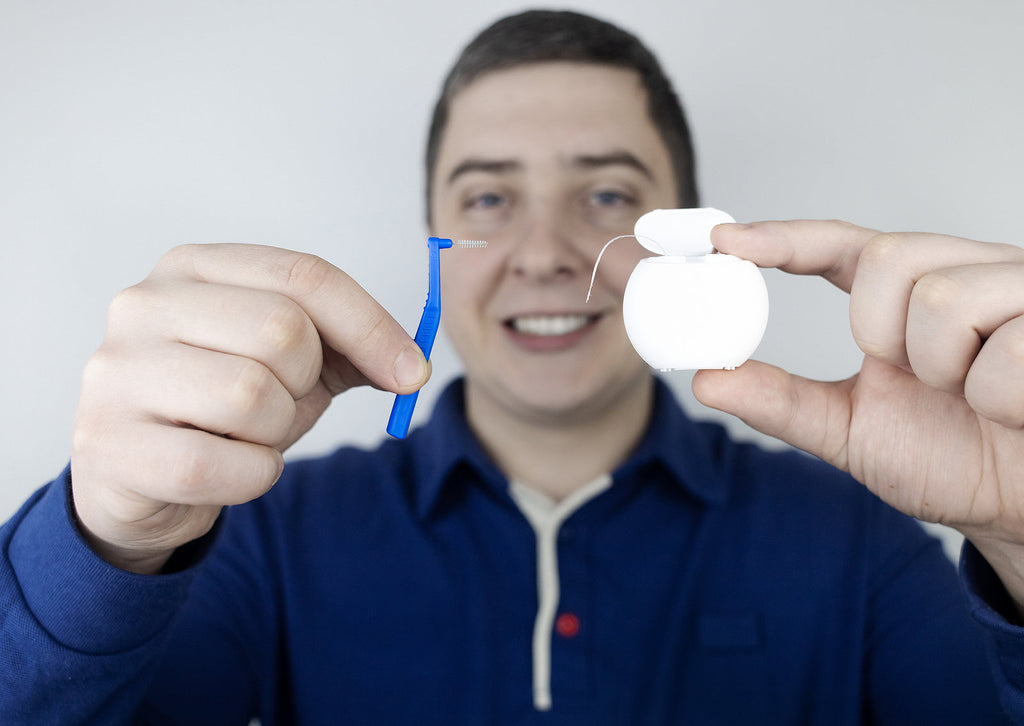

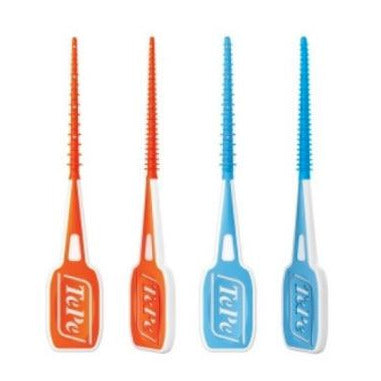
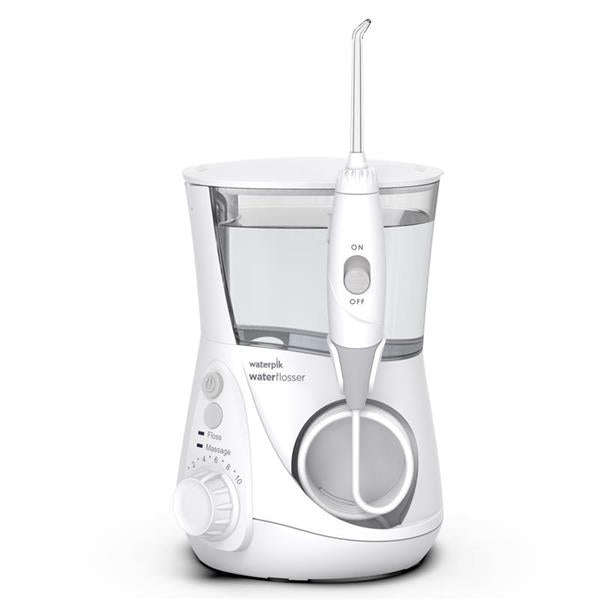
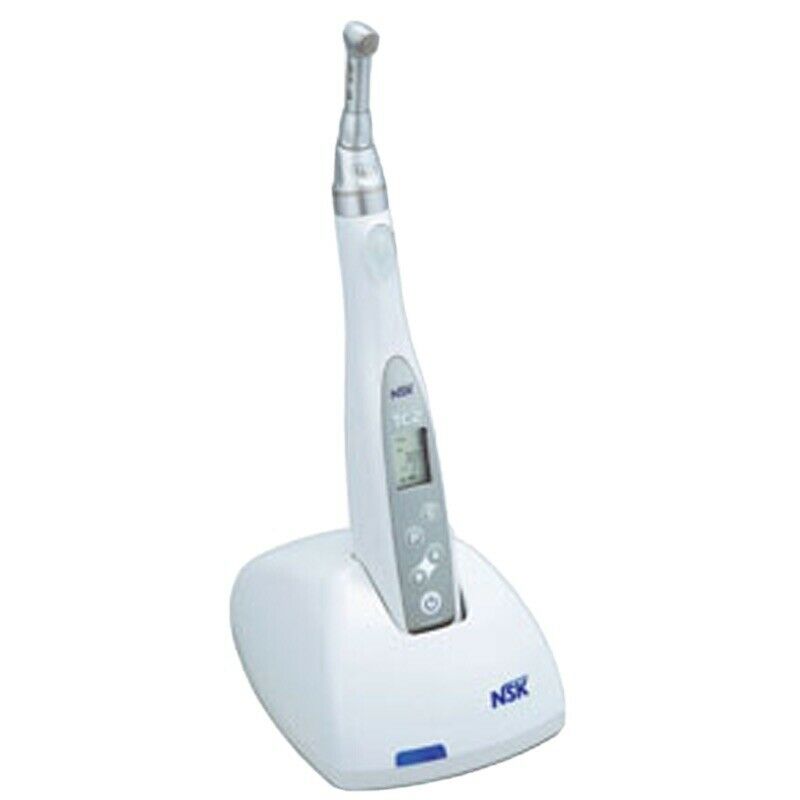

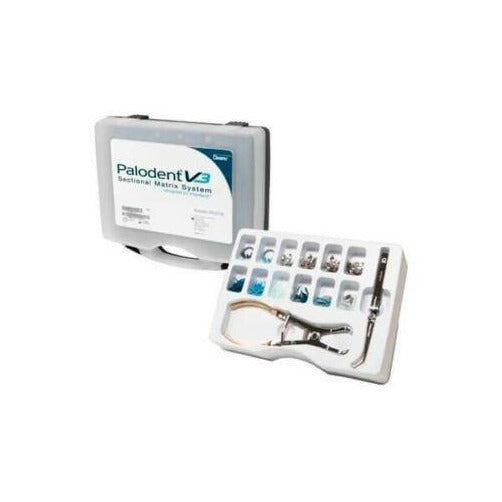
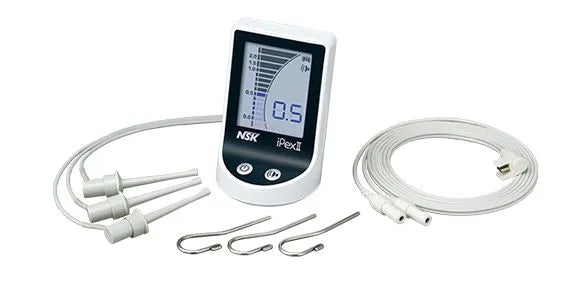
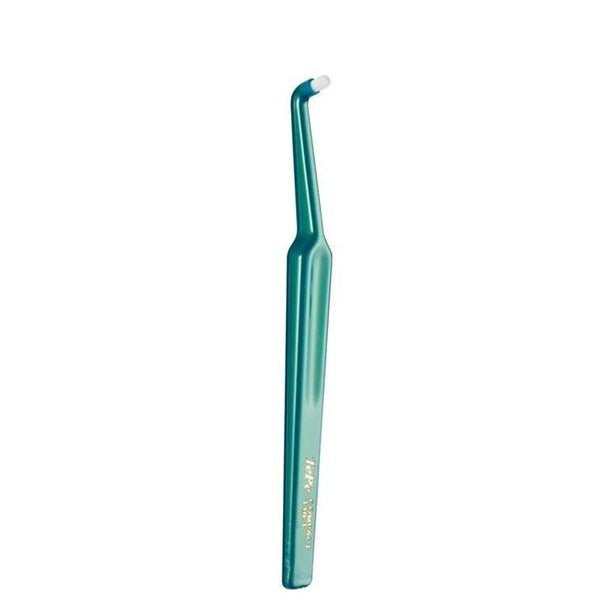
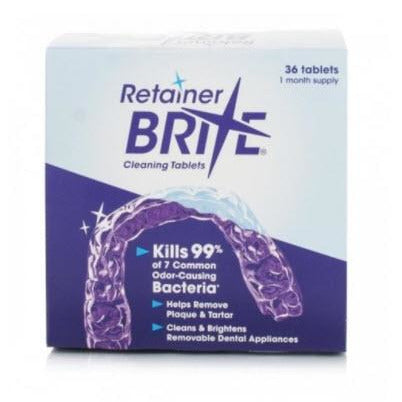

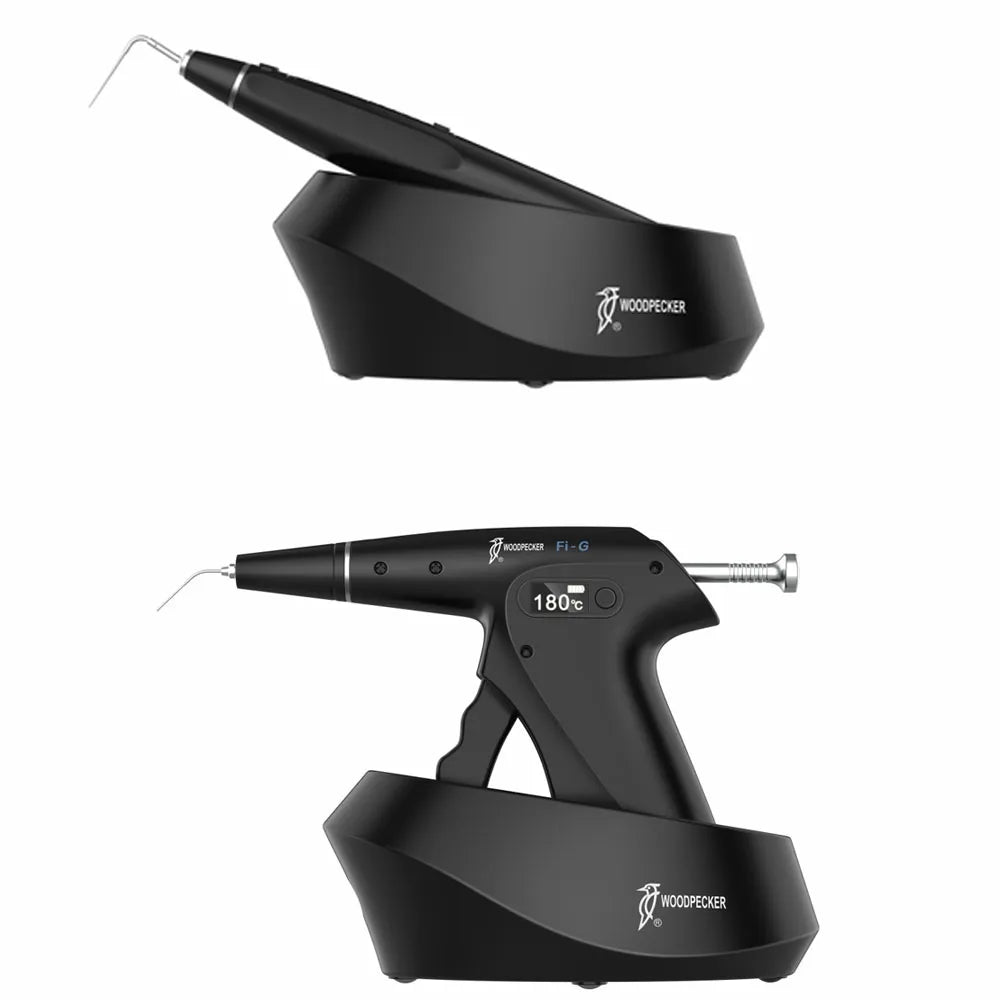
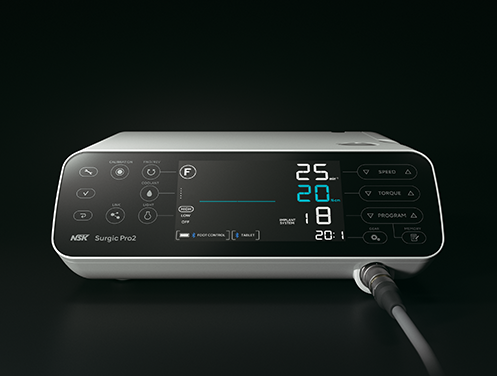
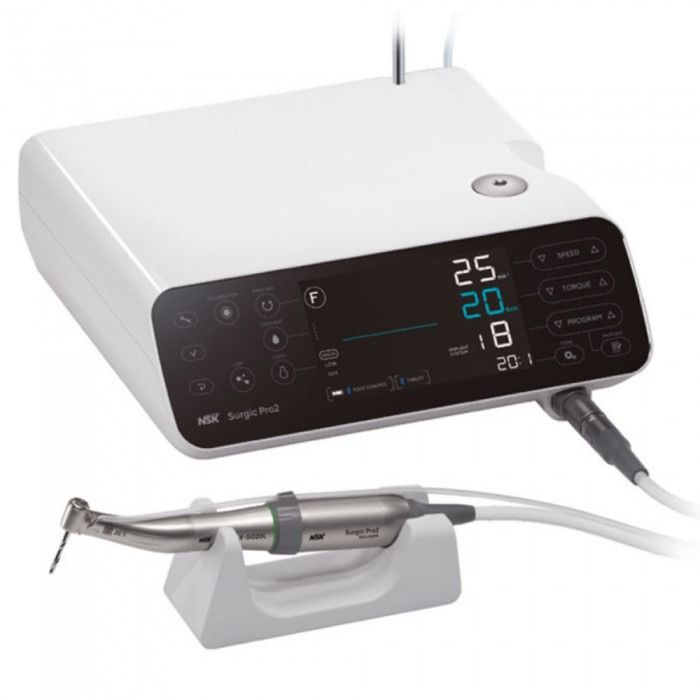

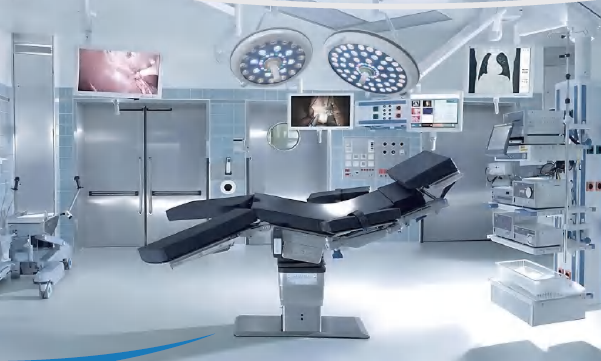
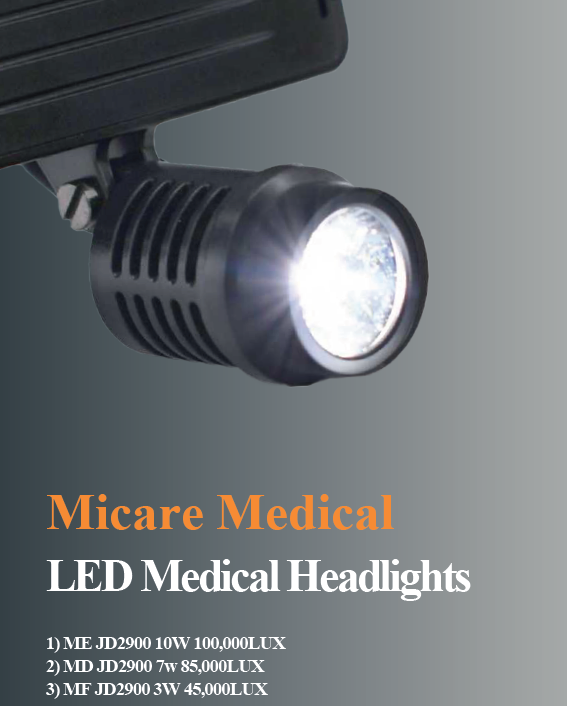
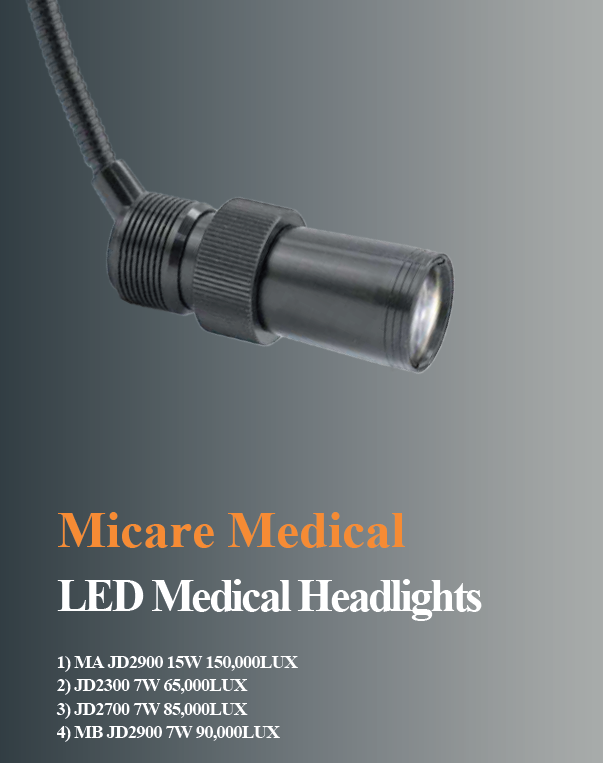
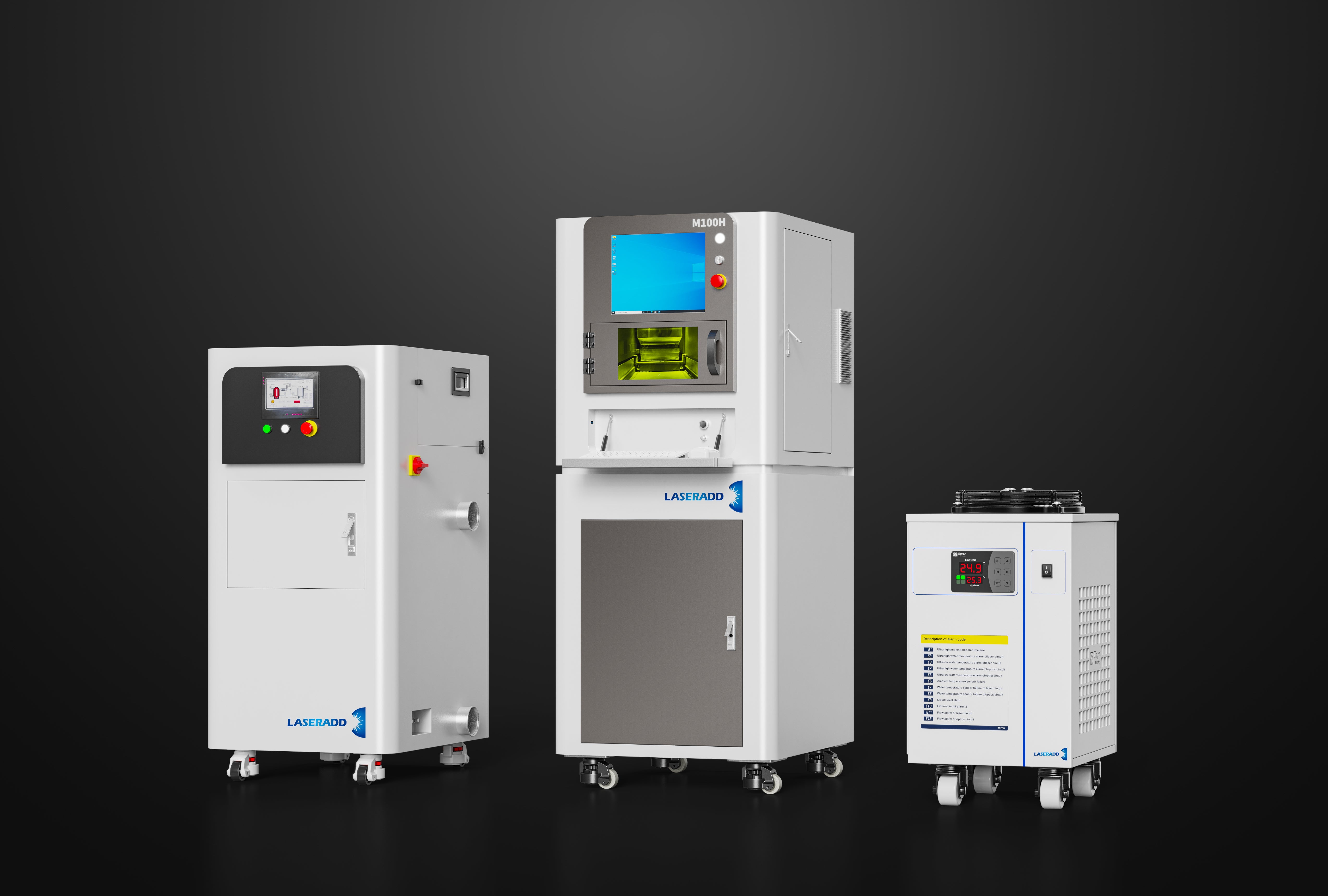

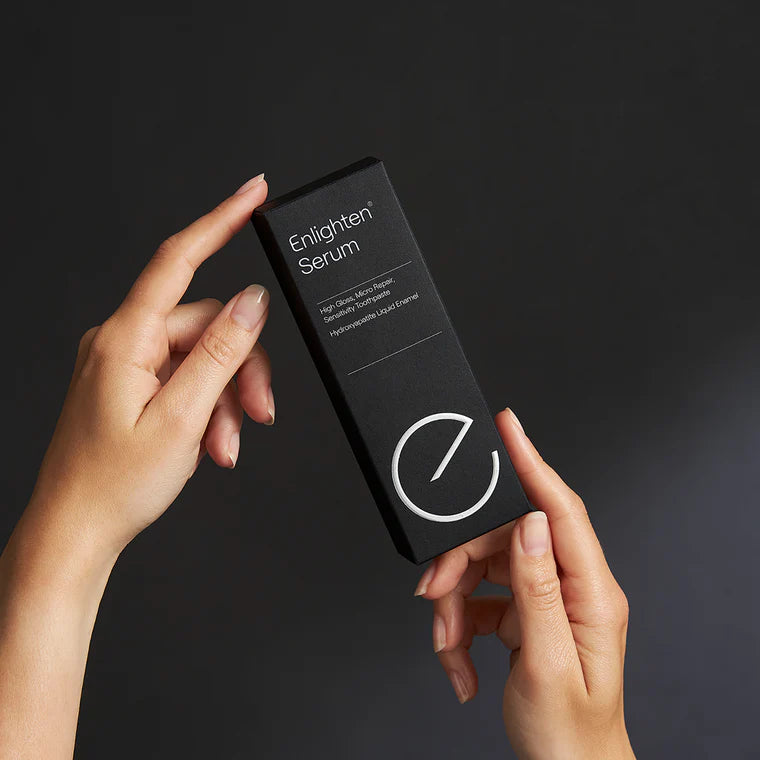
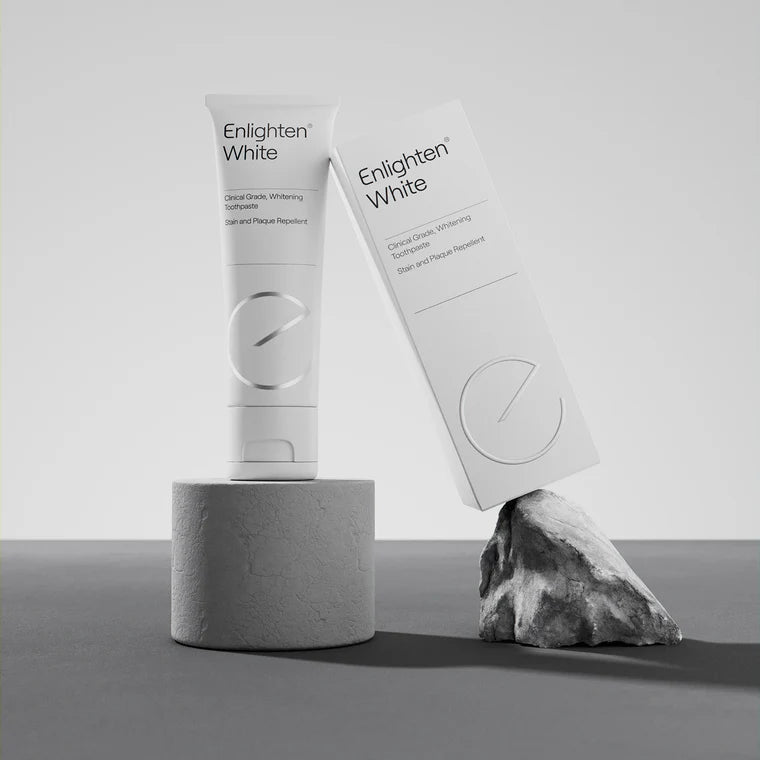
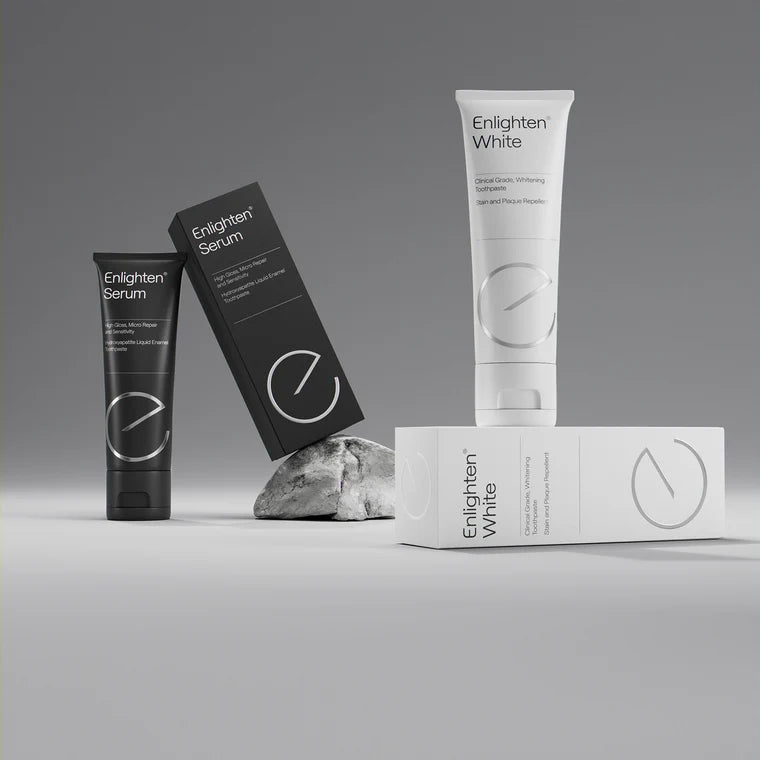
 Whatsapp us!
Whatsapp us!